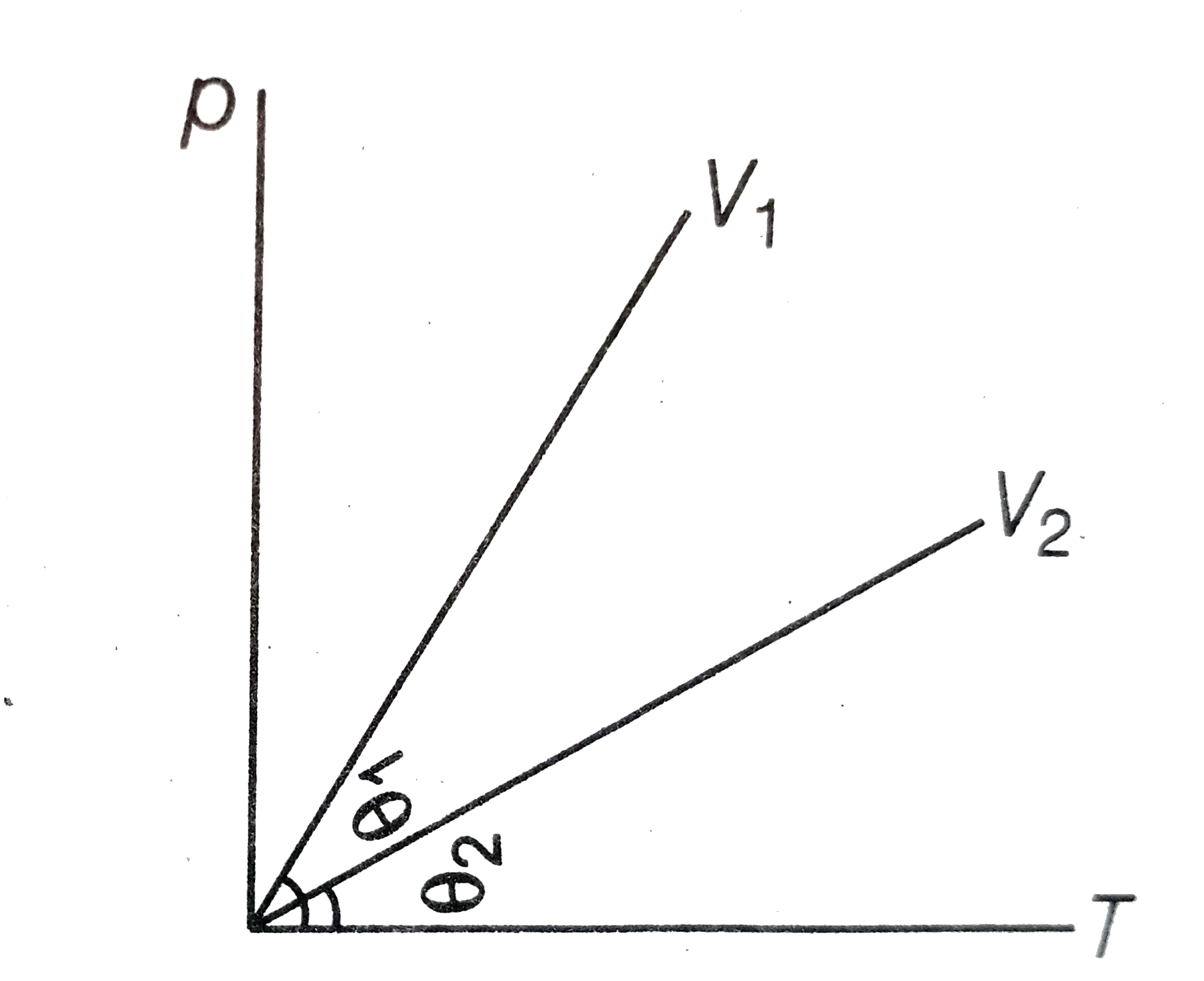A
B
C
D
Text Solution
Verified by Experts
The correct Answer is:
|
Topper's Solved these Questions
KINETIC THEORY OF GASES ANDRADIATION
MHTCET PREVIOUS YEAR PAPERS AND PRACTICE PAPERS|Exercise Exercise 2|50 VideosView PlaylistKINETIC THEORY OF GASES ANDRADIATION
MHTCET PREVIOUS YEAR PAPERS AND PRACTICE PAPERS|Exercise MHT CET Corner|40 VideosView PlaylistKINETIC THEORY OF GASES ANDRADIATION
MHTCET PREVIOUS YEAR PAPERS AND PRACTICE PAPERS|Exercise MHT CET Corner|40 VideosView PlaylistINTERFERENCE AND DIFFRACTION OF LIGHT
MHTCET PREVIOUS YEAR PAPERS AND PRACTICE PAPERS|Exercise MHT CET Corner|24 VideosView PlaylistMAGNETIC EFFECT OF ELECTRIC CURRENT
MHTCET PREVIOUS YEAR PAPERS AND PRACTICE PAPERS|Exercise MHT CET CORNER|20 VideosView Playlist
Similar Questions
Explore conceptually related problems
Knowledge Check
A
B
C
D
Submit
A
B
C
D
Submit
A
B
C
D
Submit
Similar Questions
Explore conceptually related problems
MHTCET PREVIOUS YEAR PAPERS AND PRACTICE PAPERS-KINETIC THEORY OF GASES ANDRADIATION-Exercise 1
- The pressure p for a gas is plotted against its absolute temperature T...
03:03
|
Playing Now - Air is pumped into an automobile tube upto a pressure of 200 kPa in th...
06:11
|
Play - Simple behaviour under all conditions of real gas is governed by the e...
01:35
|
Play - When a van der waals ' gas undergoes free expansion , then its tempera...
02:26
|
Play - At 10^(@)C, the value of the density of a fixed mass of an ideal gas d...
01:59
|
Play - One litre of an ideal gas st 27^(@)C is heated at a constant pressure ...
01:21
|
Play - Two ballons are filled, one with pure He gas and other by air, repecti...
01:47
|
Play - Two moles of an ideal gas is contained in a cylinder fitted with a fri...
01:41
|
Play - During an experiment, an ideal gas is found to obey an additional law ...
01:59
|
Play - The gas in a vessel is subjected to a pressure of 20 atmosphere at a t...
03:20
|
Play - A real gas behaves like an ideal gas if its
01:28
|
Play - How much heat energy in joules must be supplied to 14gms of nitrogen a...
02:05
|
Play - A balloon contains 500m^(3) of He at 27^(@)C and 1 atm pressure. Then ...
03:09
|
Play - The figure below shows the plot of (PV)/(nT) versus P for oxygen gas a...
Text Solution
|
Play - Temperature remaining constant, the pressure of gas is decreased by 20...
02:40
|
Play - A closed container of volume 0.02m^(3) contains a mixture of neon and ...
02:45
|
Play - The mean free path of collision of gas melecules varies with its diame...
01:23
|
Play - At what temperature will be the oxygen molecules have the same root me...
03:05
|
Play - The temperature of an ideal gas is increased from 120 K to 480 K. If a...
01:58
|
Play - The temperature at which the mean KE of the molecules of gas is one - ...
04:05
|
Play
